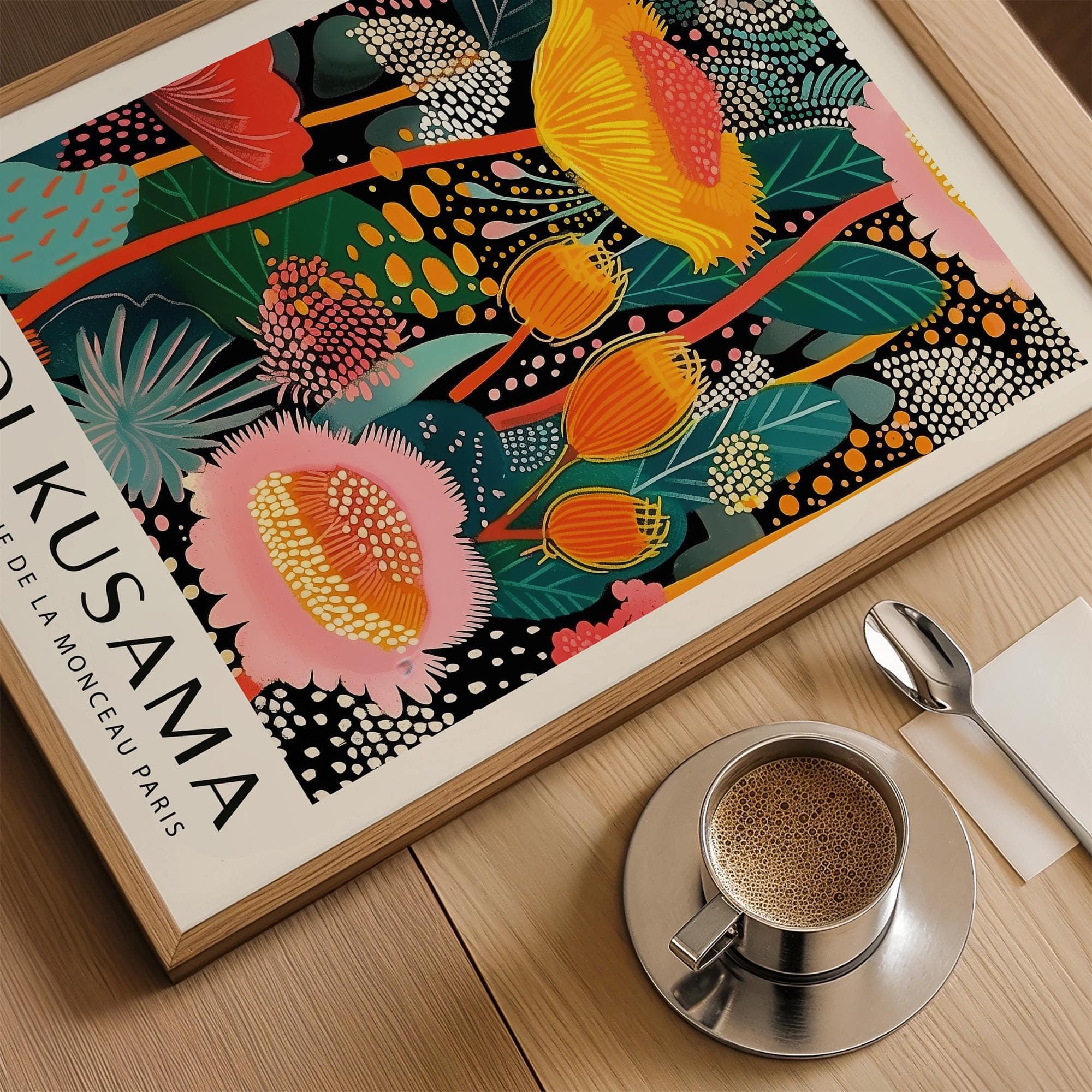Japanese Canvas Art vs. Framed Prints: What’s Best for Your Space?
When decorating with Japanese wall art, one of the first choices you’ll face is the format: canvas or framed print? While both offer visual appeal and cultural richness, they serve different functions in a room. Understanding the benefits and drawbacks of each will help you choose the right style for your space, your decor goals, and your budget.
What Is Japanese Canvas Art?
Japanese canvas art typically features printed or hand-painted designs on stretched canvas, often mounted over a wooden frame. The texture of the canvas adds depth, and the absence of a frame gives it a clean, contemporary feel. Whether it’s a nature-inspired scene, a brush-style ink drawing, or a minimalist abstract, canvas art works well in modern interiors.
What Is a Framed Japanese Print?
Framed Japanese prints usually feature high-quality paper prints protected by glass and bordered by a wood or metal frame. This format adds a sense of structure and tradition. It’s especially fitting for historical artwork, such as ukiyo-e prints or vintage Japanese posters, where the frame serves both a practical and aesthetic purpose.
Style and Mood Differences
The format you choose can affect how the artwork is perceived in a room. Canvas tends to feel casual and open—it doesn’t have the defined borders of a frame, which gives it a softer presence. Framed pieces, on the other hand, add formality and a gallery-like effect. A framed print draws the eye more sharply, especially if the matting is used to highlight the art.
When to Choose Canvas
If you’re working with a minimalist or modern space, canvas can be a great choice. It pairs well with smooth surfaces, light-colored walls, and natural materials. Canvas art also works well in open-concept layouts where you want large-scale pieces without visual clutter. For example, a single Japanese wave design printed on canvas can fill a wall without overpowering the room.
When to Choose Framed Prints
Framed Japanese prints are ideal for creating a more refined or curated look. They're perfect for hallways, bedrooms, and entryways where you want to introduce a touch of tradition. Frames also allow more control over color, as you can choose finishes that tie into other elements in your space. A gold or dark wood frame can complement a vintage cabinet or bookshelf beautifully.
Size and Flexibility
Canvas art often comes in larger sizes and is ready to hang out of the box. It’s lightweight, easy to install, and doesn’t require glass—making it safer for high-traffic areas. Framed art, by contrast, offers more protection for the piece itself and can be more compact. If you're decorating a gallery wall, mixing framed Japanese art in various sizes allows for a tighter, more organized layout.
Durability and Care
Canvas art doesn’t have glass, which means no glare and fewer reflections. It’s also less likely to break if knocked over. However, it can be more prone to dust and fading if exposed to direct sunlight. Framed prints are better protected but do require glass cleaning and careful placement to avoid reflections from lighting sources.
Cost Considerations
Canvas prints tend to be more affordable, especially when produced in larger runs. Framed pieces may cost more upfront due to materials and labor, but they often feel more complete. If you're on a budget but still want impact, a single large canvas can do the job. If you're building a more permanent collection, framed prints offer longevity and polish.
Blending Both in One Space
There’s no rule that says you must choose one or the other. In fact, combining both can add depth to your decor. Use canvas for large focal pieces and framed prints for detailed, smaller works. This layered approach can bring variety and movement to your walls without feeling chaotic. Browse our Japanese art prints collection to find pieces in both styles.
Final Thoughts
Japanese canvas art and framed prints each offer their own strengths. The right choice depends on how you want the art to function in your room. Whether you're going for clean and casual or structured and classic, Japanese wall art in any form brings a quiet depth that’s hard to replicate.









































